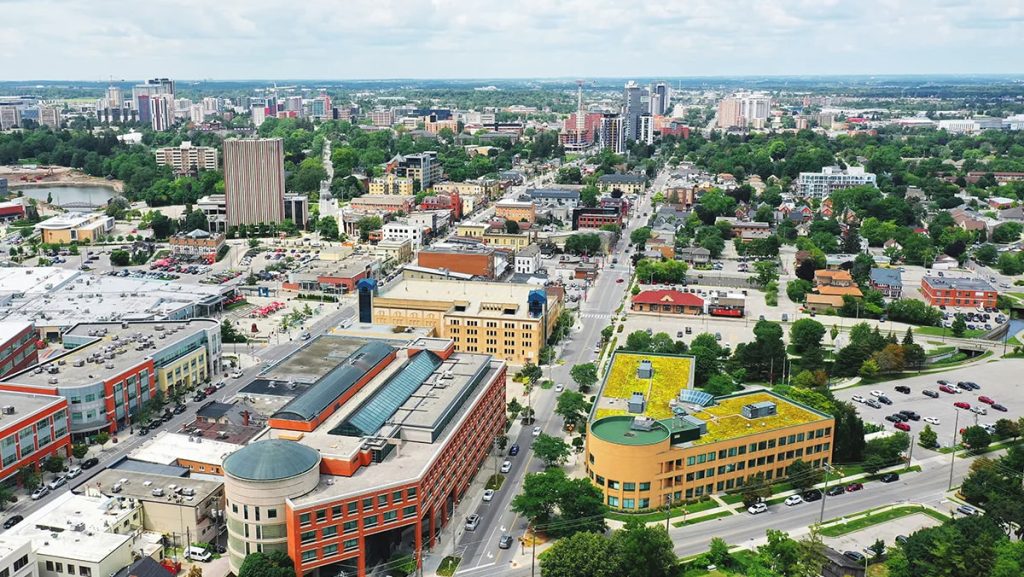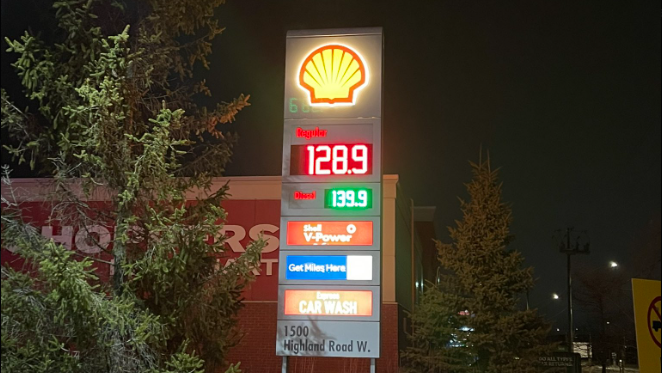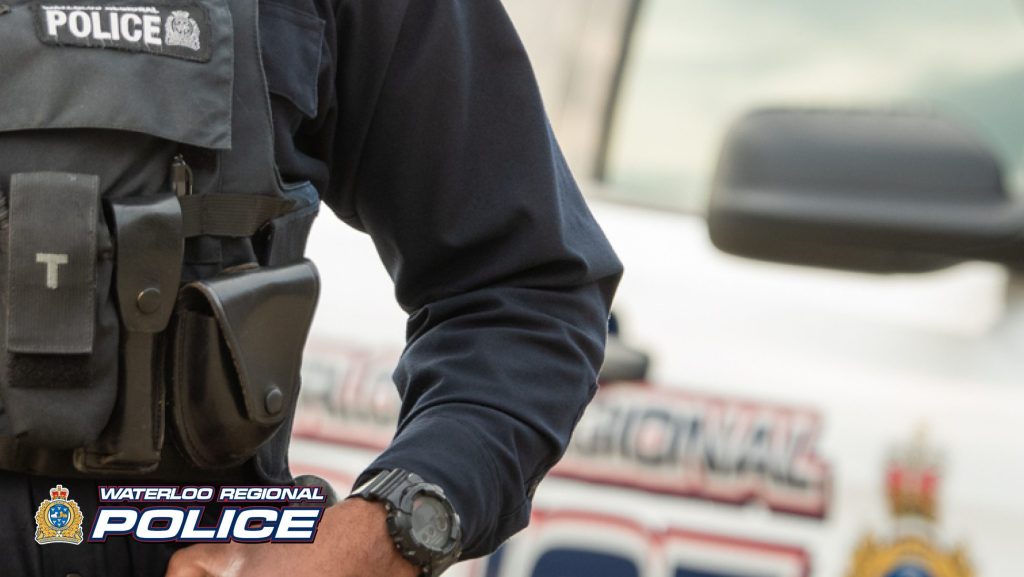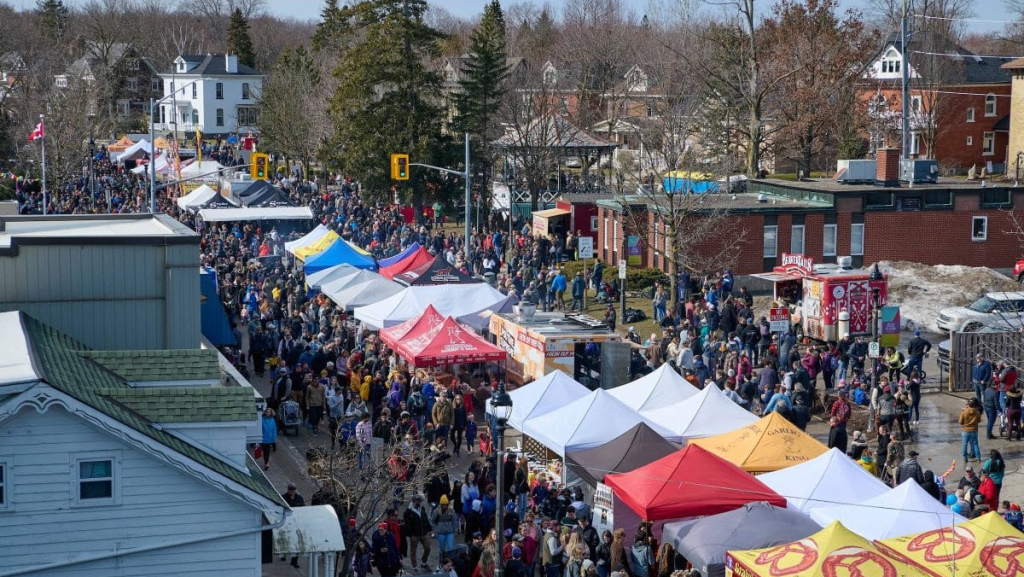Here are the Region of Waterloo’s priorities for the next Ontario government

Posted Feb 24, 2025 03:30:09 PM.
Last Updated Feb 24, 2025 03:31:45 PM.
There are five things the Region of Waterloo is looking for from the next provincial government, and they are priorities that many people have a vested interest in.
The snap election is coming to an end this Thursday, Feb. 27.
According to a press release, the region is highlighting these priorities for both voters and candidates to help grow the communities people call home.
“I want to be able to talk to new cabinet ministers, old cabinet ministers, people that may not be familiar with the Region of Waterloo and say in your first 100 days after this election, these are things that we have identified as our priorities,” Karen Redman, Regional Chair, told CityNews Kitchener.
The items highlighted are set to help the municipal governments ensure a good quality of life for residents by 2050 when the population is expected to reach one million.
Economy
One of the main reasons Doug Ford called the election is to gain a new mandate amid the uncertainty with U.S. tariffs on Canadian goods.
Waterloo Region is saying that it wants the next government to “bolster” the local economy and assist it to be sustainable in unprecedented times.
“We’ve had a diversified economic outlook and we’ve always punched above our weight in the Region of Waterloo,” Redman said.
The municipality could be one of the most heavily impacted areas throughout Canada should those 25 per cent across-the-board tariffs go into effect.
Last year alone, Waterloo Region accounted for $18 billion in manufacturing exports to the U.S. This accounts for upwards of 92 per cent of the region’s total exports.
Housing and homelessness
The cost of having a roof over a person’s head is a large concern for residents in the region, especially as homelessness continues to rise.
The Region of Waterloo wants the provincial government to “address the housing and homelessness crisis.”
Per the latest count, there are 2,371 individuals currently experiencing homelessness in the region; more than double the count from the last survey completed in 2021. Chronic homelessness has been increasing at an average rate of 28 per cent since 2020.
This coupled with increasing home prices and a lack of construction in the area, has led to many facing difficulty when trying to find a safe place to live. The region in the past has advocated for the Ontario government to pick up more of the bill when it comes to the municipality combating homelessness.
According to the Association of Municipalities of Ontario (AMO)‘s report, an $11 billion investment over ten years is what’s needed to help ease the homelessness crisis.
“In most provinces, affordable housing and social housing and services for homelessness are born by the province,” Redman said. “We cannot continue to put this on the taxpayers and homeowners…We need a new deal.”
Managing assets
The region’s roads, community centres and street lights could use a bit of a facelift, something the municipality is hoping the next provincial government prioritizes.
Redman says they want dedicated support to help manage aging assets and build housing-enabling infrastructure.
The City of Kitchener has $2.4 billion worth of non-core assets — like parks, vehicles and cemeteries — slightly less than half are listed in “good” or “very good” condition.
About $92 million worth of non-core assets are listed in “very poor” condition, and $652 million are listed as “poor.”
Reports to Cambridge council shows the cost to fix and maintain infrastructure in the city over the next 10 years has increased significantly.
The Interim 2024 Asset Management Plan notes that the cost for maintaining and repairs would cost $872 million between 2024-2033 — a $146 million increase in the city’s approved capital budget for the next decade.
Transit
A goal for the region has always been the two-way, all-day GO between Cambridge and Guelph, connecting the major cities with accessibility and ease.
The region also hopes that the provincial government will have expanded support for projects in the area.
Further funding from Ontario could also benefit Grand River Transit, which is reporting numbers rising above pre-pandemic levels.
GRT busses and rail saw 6.5 million riders between April and June 2024 and 13.5 million in total for the year, an increase of almost 15 per cent.
“I think we are demonstrating that we have the vision and the commitment to be very good partners,” Redman explained. “What we need is the province to step up. And this makes economic sense for them.”
Funding framework
For years the Region of Waterloo, and many other cities across the province, have asked for a better, more consistent funding framework.
The region has focused a lot of its efforts to tackle the homelessness crisis with things like transit expansions also taking up a big part of its budgets.
The Ontario Big City Mayors group (OBCM) joined the push to get a new funding model in place between the province and lower-tier governments.
“As fast-growing municipalities, we bear major costs for maintenance and growth of community infrastructure and services, yet municipalities do not have the available financial tools that grow with the economy, build housing and support our social needs like mental health and homelessness,” Kitchener Mayor Berry Vrbanovic, said.
The Federation of Canadian Municipalities and the Association of Municipalities of Ontario have also called for changes to the provincial-municipal fiscal framework.
Compared to the Greater Toronto Area, the region has different funding agreements.
“There is no doubt that the GTA takes a lot of oxygen…We’re here to say that we need those funds too and that we are one of the economic drivers of the province and nationally for that matter for the GDP,” Redman said. “We want to be unique, but we too need the kind of funding that the GTA has access to.”








